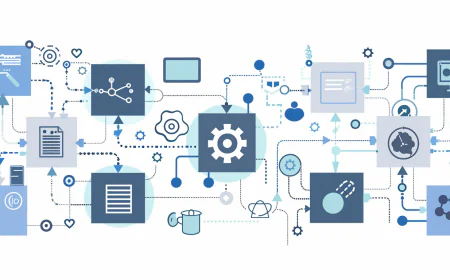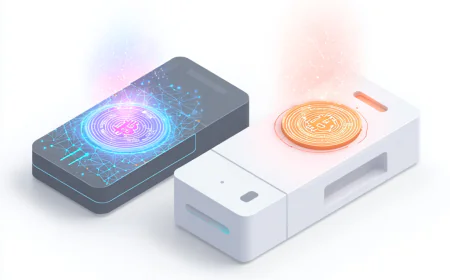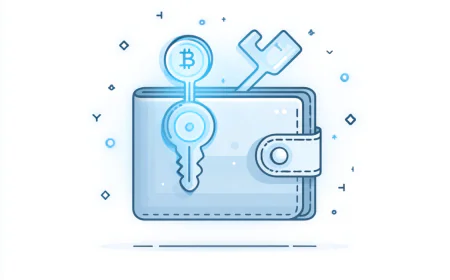30+ Secret Prompt Strategies for Chatbots in 2025 (Pro Edition)
Discover 30+ advanced prompt engineering strategies for AI chatbots like GPT-5, Grok, and Claude in 2025. Learn battle-tested techniques—role-playing, chain-of-thought, iterative refinement, structured outputs, and more—to unlock pro-level performance, boost productivity, and turn AI into a strategic ally. Perfect for founders, developers, and creators.

🚀 30+ Secret Prompt Strategies for Chatbots in 2025 — Pro Edition
Master prompting, and you don’t just use AI—you direct it.
🧠 Why Prompting Is the Hidden Superpower of 2025
In 2025, chatbots like Grok, GPT-5, and Claude are integral to coding, research, pitch writing, and product design. But the real edge doesn’t come from raw model power—it comes from masterful prompting. Elite users turn generic assistants into strategic collaborators. AI vendors often downplay this because good prompting reduces dependence on their paid upsells.
🔑 What Makes a Prompt “Secret”?
- Structured → Define roles, formats, and boundaries to guide outputs precisely.
- Psychological → Leverage framing, personas, and tone to tap into the AI’s reasoning engine.
- Strategic → Chain, iterate, and layer techniques for compounded results.
Think of prompting as conducting a symphony—the AI is every instrument, and your prompts are the score.
🛠️ Category A — Foundations (Framing & Context)
1) Role-Playing with System-Level Instructions
You are a senior software architect with 20 years in distributed systems.
Review this code and suggest optimizations:
[code here]
Pro Tip: Stack roles: You are a visionary founder and a data-savvy CFO. Draft a growth plan, then audit it for financial risk.
2) Time-Boxed & Scope-Boxed Context
In 150 words max, for a non-technical audience in fintech,
summarize the key security risks of [feature].
End with 2 action items.
3) Constraint Stacking
Write a 120-word product intro with no buzzwords,
include a cooking metaphor, and end with a question.
🔍 Category B — Reasoning (Quality & Reliability)
4) Chain-of-Thought with Dual Paths
Solve this step by step: [problem].
Then solve again via a different method. Reconcile differences.
5) Self-Consistency Voting
Generate three solutions.
Score each on correctness (60%), efficiency (25%), simplicity (15%).
Select a winner and explain why.
6) Tree-of-Thoughts Branching
Outline three SaaS launch strategies.
For each, branch into 2 risks and 2 mitigations.
Recommend the best path.
7) Explain-Then-Act
First, explain your approach to researching [topic].
Then deliver a numbered list of findings with confidence levels.
8) Hypothetical Counterfactuals
What if AWS never launched?
Model cloud market outcomes and extract 3 lessons for our AI startup.
📊 Category C — Structure (Formats that Ship)
9) Force a Structured Output
Summarize feedback in JSON:
[
{"theme": "UX", "sentiment": "positive", "quote": "Loved the new design"},
{"theme": "Support", "sentiment": "negative", "quote": "Too slow to respond"}
]
10) Delimiter-Enforced Parsing
### DATA ###
[paste data]
### TASK ###
Extract trends into a Markdown table.
### RULES ###
No assumptions beyond the data.
### OUTPUT ###
11) Progressive Summarization
Summarize this 20-page report in one paragraph →
convert to bullet points →
end with a one-sentence investor takeaway.
12) Layered Audience Rewrites
Rewrite this update for:
1) Investors (data-heavy)
2) Customers (inspiring)
3) Social media (snappy)
4) Internal team (action-oriented)
🎨 Category D — Creativity (Novelty & Tone)
13) Emotional Tone Framing
Write a motivational speech for the sales team
in the voice of a championship coach.
Include 3 rallying lines.
14) Persona Switch: “What Would X Do?”
As a marketing strategist, design a retention plan.
Now switch to behavioral psychologist and critique the assumptions.
15) Time-Travel Scenarios
How would Uber pitch in 2010, 2020, and 2030?
Highlight constants and changes.
16) Constraint Remixing
200-word blog intro:
no buzzwords, include a cooking metaphor,
end with a question.
⚙️ Category E — Execution (Ship Faster, Break Less)
17) Test-Critique-Improve for Code
Write a Python function to compute primes.
Generate 5 pytest cases.
Simulate runs and fix bugs.
18) Defensive Prompting for Errors
Generate a SQL query for this schema.
Before finalizing, check for syntax errors, injection risks,
and performance issues.
19) Code → Plain English Translator
Translate this code into plain English: purpose, flow, key variables, optimizations.
20) External Tool Orchestration
As automation lead, outline workflow for [task].
Specify tools, commands, outputs, and error handling.
21) Coach Mode for Learning
Act as a coding coach.
Ask me guiding questions first, then help step by step if I’m stuck.
22) Evolutionary Iteration
V1: Write a cold outreach email.
V2: Add social proof.
V3: Cut 20% while increasing urgency.
23) Goal-Aligned Prompt Tuning
Tune this prompt for brevity.
Original: [prompt].
Provide improved prompt, then apply it.
24) Prompt Chaining Across Sessions
Recall our last discussion on [topic].
Update assumptions and propose next steps.
25) Reverse Engineering Outputs
Given this output, infer the likely input prompt.
Propose 2 stronger alternatives and regenerate.
26) Red Teaming Your Ideas
Act as my toughest competitor.
List 5 attacks on our business.
Rank by severity and propose defenses.
27) Trend Forecasting via Synthesis
Synthesize 2025–2030 trends from [data].
Produce 3 scenarios with probabilities.
🛡️ Category F — Governance (Fairness & Ethics)
28) Bias Awareness Mode
Analyze [topic].
First list potential biases.
Then provide a balanced view with counter-arguments.
29) Ethical Audit
Audit this feature for privacy, bias, and safety risks.
Map to frameworks like GDPR and propose mitigations.
30) Defensive Comms Review
Review this announcement for legal, privacy, and reputational risks.
Suggest neutral phrasing and a 2-line disclosure.
31) Counterfactual Hiring Tests
Given this job description, propose 3 counterfactual candidates
and test whether criteria unfairly exclude them.
📝 Copy-Paste Prompt Cheat Sheet
Here are 10 quick prompts to get started fast:
- "You are a senior software architect. Review this code: [code]. Suggest optimizations."
- "Solve step-by-step: [problem]. Then via a different method; reconcile differences."
- "Classify by [category]. Examples: [ex1] → [label], [ex2] → [label]. Now classify: [item]."
- "Draft [content]. Critique as [role]. Rewrite improved."
- "Debate [topic] from CEO, employee, and investor POVs."
- "Explain [concept] in <120 words with a cooking metaphor. End with a question."
- "Write function for [task]. Generate 5 pytest cases; simulate; debug."
- "Summarize [doc] → bullets → one-sentence investor takeaway."
- "Rewrite [update] for 1) Investors, 2) Customers, 3) Social, 4) Internal team."
- "Audit [feature] for ethics. Propose mitigations aligned with GDPR."
⚡ Final Word
The future doesn’t belong to those with the biggest models—it belongs to those with the best instructions. Treat prompting as a product skill: design it, test it, iterate it. With these 30+ strategies, you’ll transform chatbots from tools into strategic partners that scale your creativity and execution.
What's Your Reaction?
 Like
0
Like
0
 Dislike
0
Dislike
0
 Love
0
Love
0
 Funny
0
Funny
0
 Angry
0
Angry
0
 Sad
0
Sad
0
 Wow
0
Wow
0







































